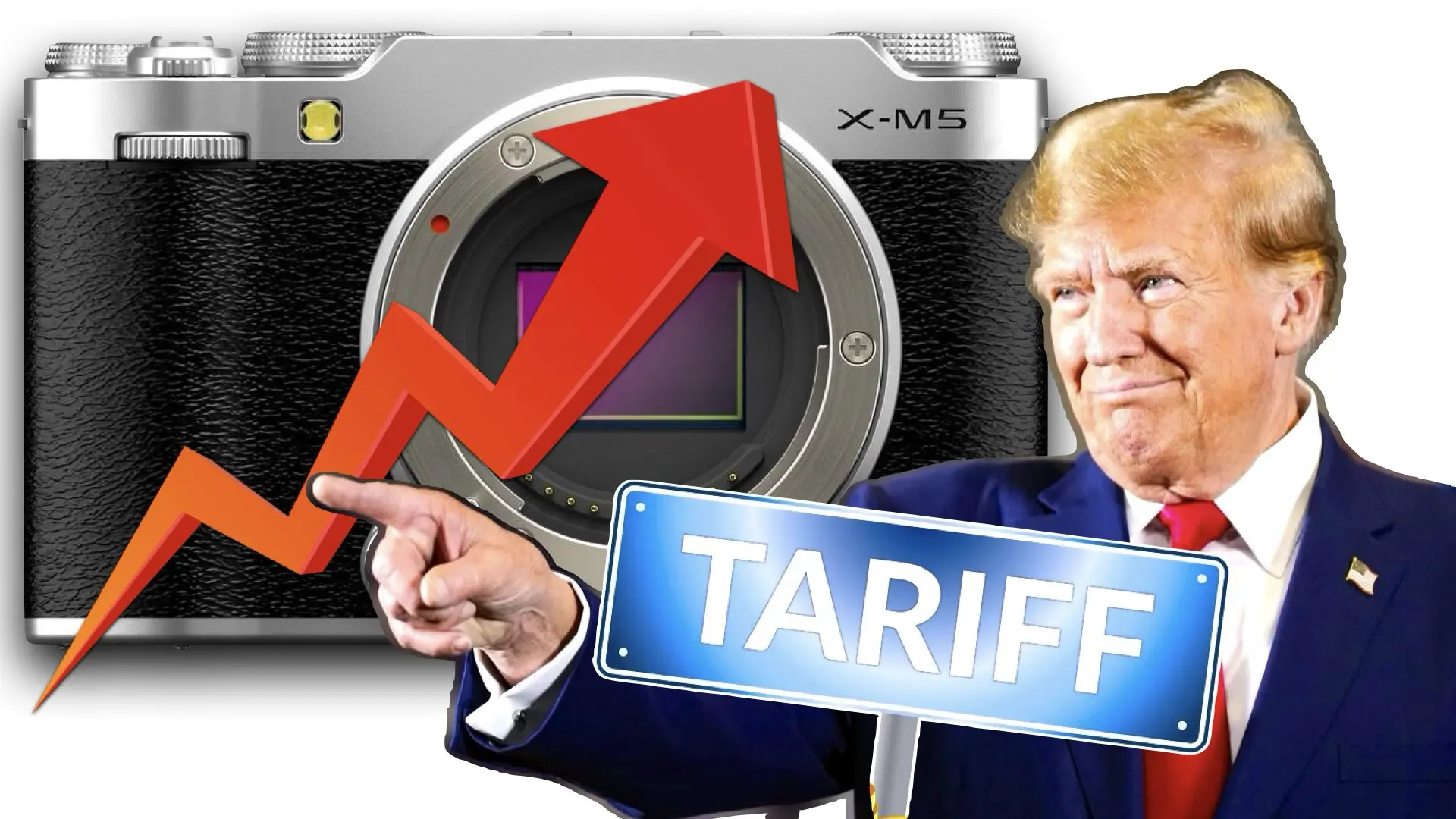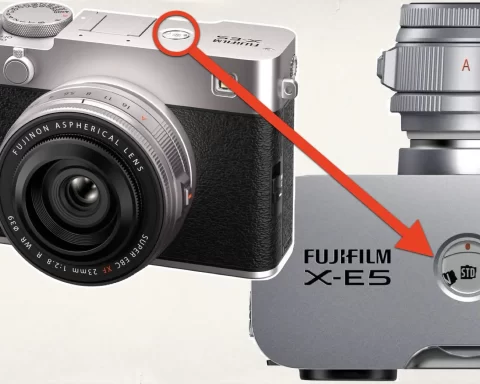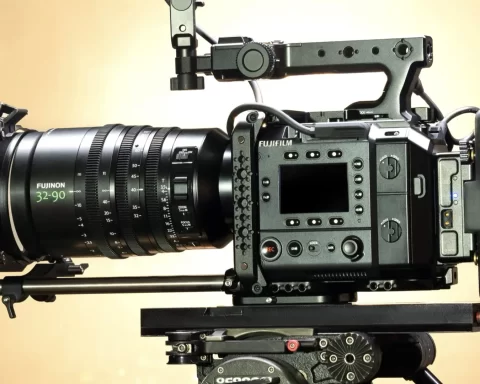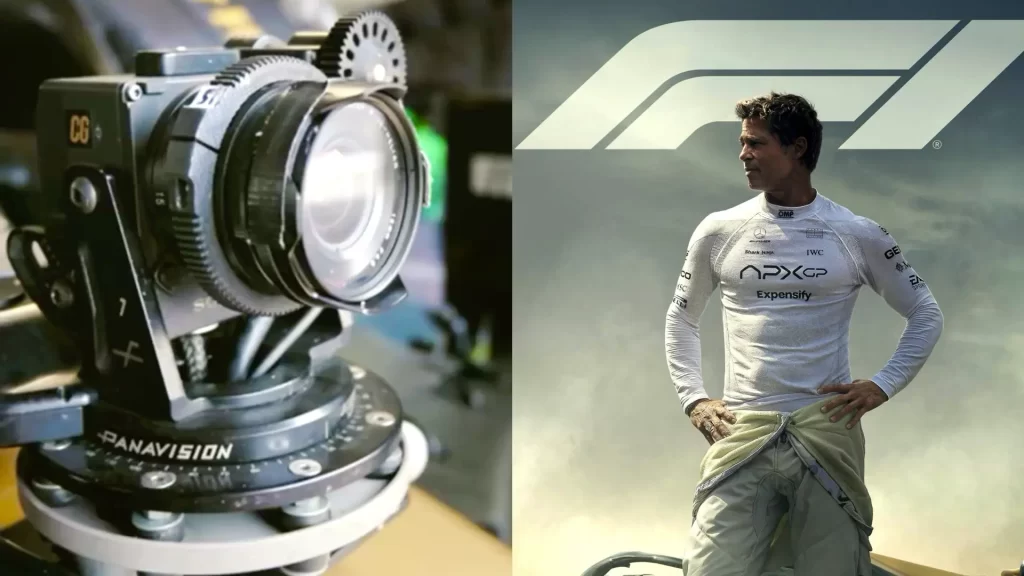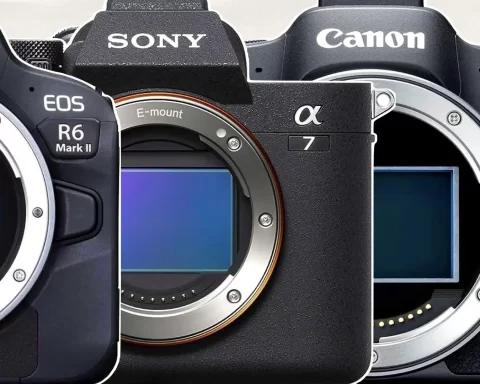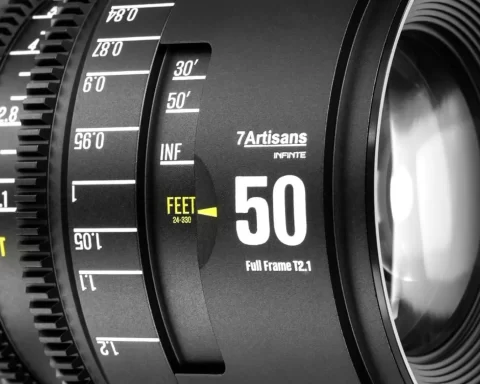The photography and cinema camera industries are reeling from a fresh wave of geopolitical and economic turbulence. Rumors suggest that Fujifilm will suspend orders for three of its most sought-after cameras—the GFX100RF, X100VI, and X-M5 (black version)—citing an overwhelming backlog and worsening supply chain issues. At the same time, prices of Fujifilm products are expected to rise significantly in the United States, as a direct consequence of new tariffs reinstated by President Donald Trump. This one-two punch—backorder freezes and impending price hikes—is emblematic of a broader trend shaking the camera industry. As detailed in Y.M.Cinema’s breakdown of Trump’s tariffs, the revived economic barriers are already causing logistical strain, forcing companies to rethink production and pricing models. And Fujifilm is just the latest to fall into the crossfire.
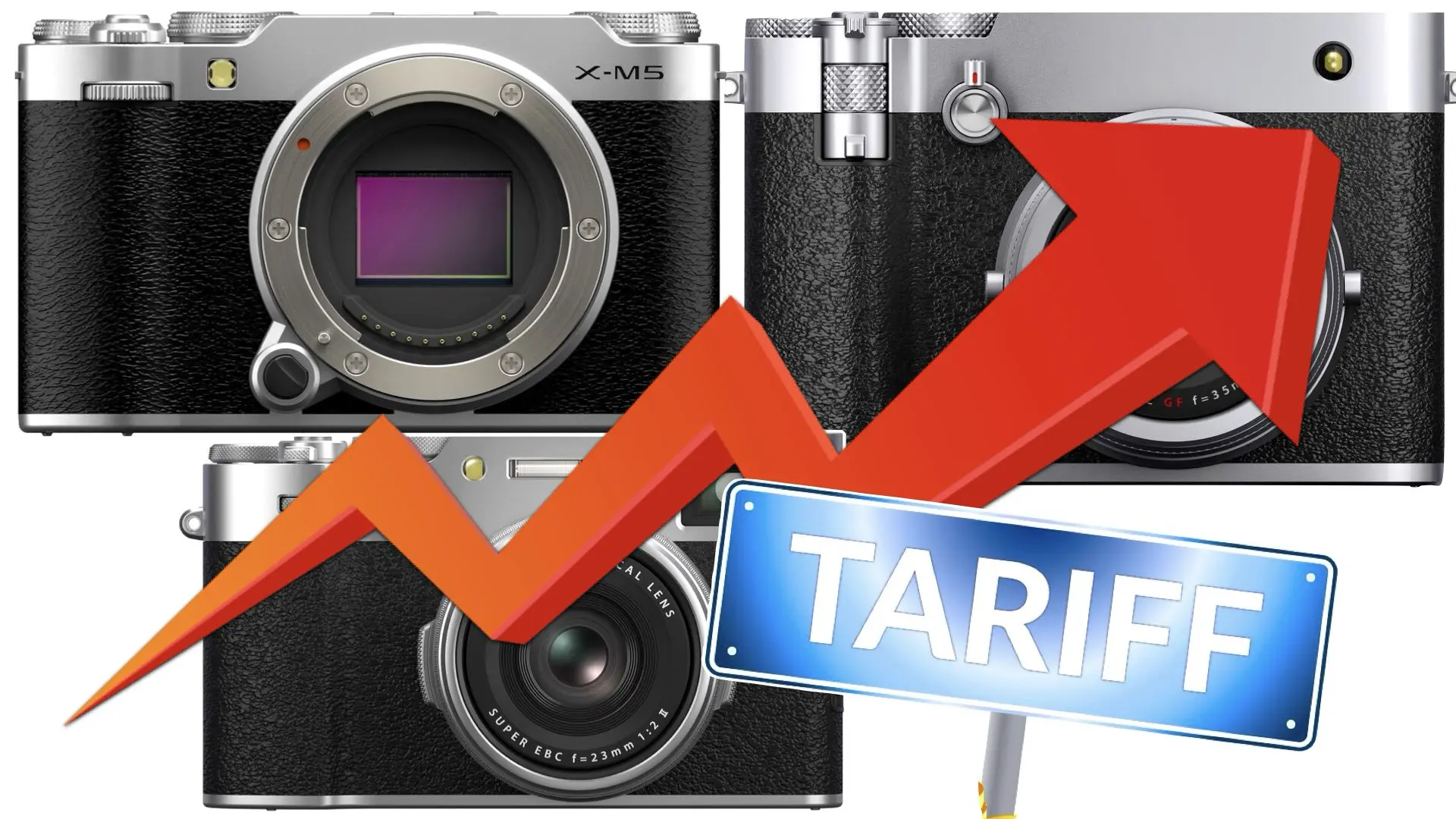
Fujifilm’s Shocking Suspension of Orders
As reported by FujiRumors, Fujifilm Japan has halted new orders for the GFX100RF, X100VI, and X-M5 (black) due to “overwhelming demand and limited manufacturing capacity.” But this isn’t simply a case of high demand—it’s also about a supply chain under stress from rising production costs and tariff-related disruptions. The GFX100RF, in particular, has generated enormous buzz since its announcement. Touted as a “fixed-lens medium format revolution” in this Y.M.Cinema analysis, the camera combines medium format quality with street-photography portability—a groundbreaking move that attracted both professionals and enthusiasts alike. Now, with orders paused and global inventory under pressure (again- according to rumors), early adopters may have acquired what’s shaping up to be a unicorn in the camera world.

Prices on the Rise: Tariffs Hit the Checkout Counter
While enthusiasts were still processing the order suspensions, another blow came from PhotoRumors—Fujifilm is preparing for a U.S.-wide price increase across its camera lineup. This isn’t isolated. Camera companies across the board are preparing similar responses as Trump-era tariffs are reinstated and expanded. As Y.M.Cinema recently reported, the Blackmagic Pyxis 12K saw a jaw-dropping jump to $6,600 USD, up from its sub-$4,000 target, due directly to these tariffs. This pricing shock sent ripples through the industry and foreshadowed Fujifilm’s price hike. As it stands, consumers in the U.S. should brace for substantial price increases across the following models:
-
Fujifilm GFX100RF
-
Fujifilm X100VI
-
Fujifilm X-M5 (black and possibly silver)
-
Likely other GFX and X-series cameras, lenses, and accessories
Even accessories and batteries may not be safe from the rising costs.
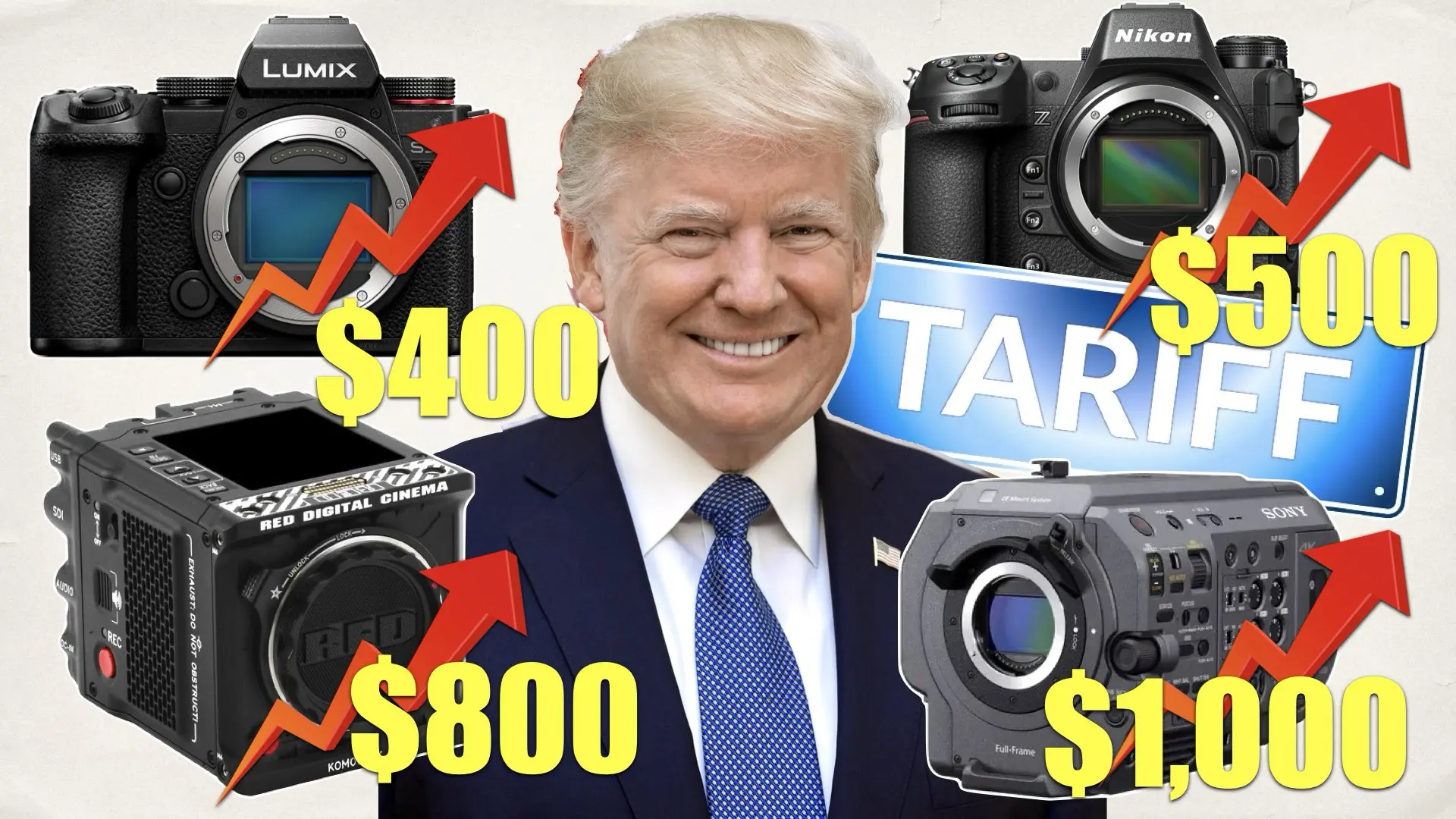
The Tariff Domino Effect
Trump’s tariffs are not just a political gesture—they’re a mechanism reshaping the entire supply chain for camera manufacturers. From semiconductors to body casings, many camera components are produced or assembled in China, and even companies like Blackmagic Design, which manufacture in less traditional regions, are feeling the squeeze. In response, Blackmagic made a bold move, slashing the price of its Pyxis 12K after a rapid manufacturing shift, as reported in this Y.M.Cinema exclusive. However, this approach isn’t easily replicable for legacy companies like Fujifilm, who rely on complex international assembly lines and longer R&D cycles. Thus, consumers are caught in the middle—either pay more or wait longer.
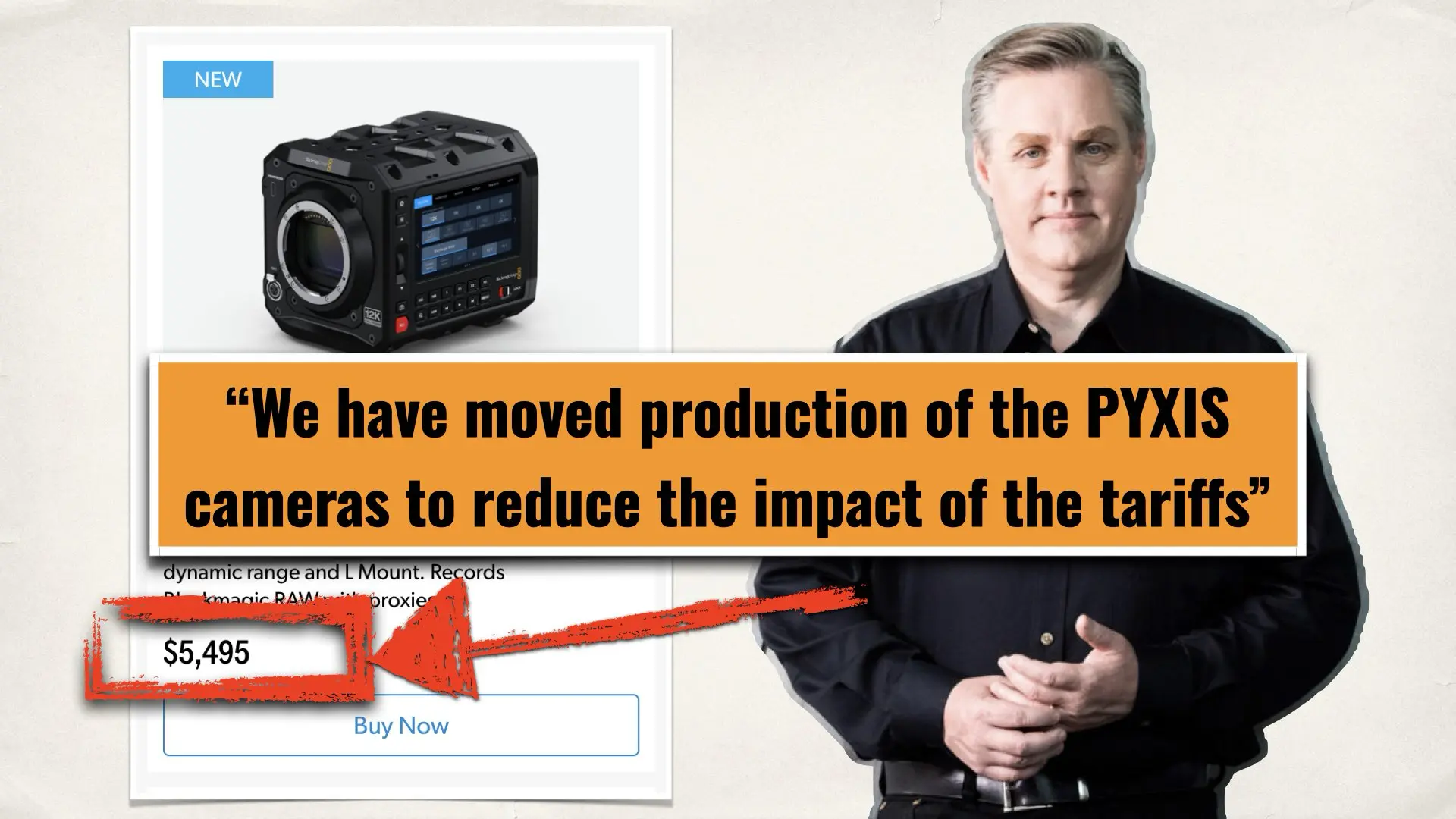
The Bigger Picture: A Camera Crisis?
This isn’t just a Fujifilm problem or a Blackmagic issue—it’s an industry-wide alarm bell. Sony, Canon, Nikon, Panasonic, and others are also evaluating their U.S. pricing strategies as tariffs cut into margins. Moreover, production delays may become the norm, not the exception, especially for high-end or specialized models. For creators, filmmakers, and photographers, this raises tough questions:
-
Should you buy now before prices spike further?
-
Will camera innovation slow down if companies cut back to reduce cost?
-
Will more manufacturers shift to the smartphone or software space where tariffs don’t bite as hard?

Final Thoughts: Adapt or Be Left Behind
Fujifilm’s decision to suspend orders for three of its most coveted models and raise prices in the U.S. serves as a cautionary tale. The camera industry is facing a rare convergence of high demand, limited supply, and economic interference, and consumers are bearing the brunt. In a post-pandemic era where content creation is more vital than ever, the tools of creation are becoming less accessible, not more. Trump’s tariffs may have been intended as a geopolitical lever, but their impact is now fully visible in the creative world—from halted orders to empty shelves and inflated price tags. As always, Y.M.Cinema will continue to follow these developments closely, advocating for transparency and insight in an increasingly turbulent camera market.

